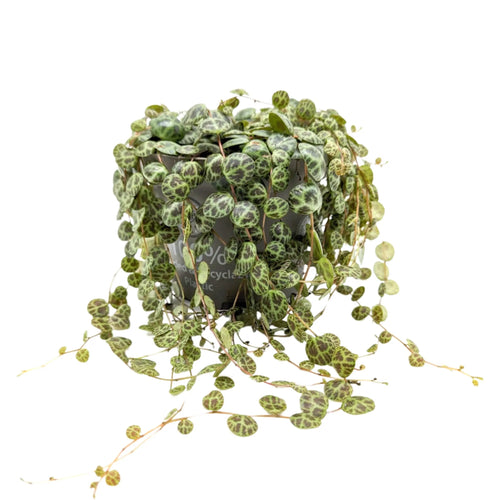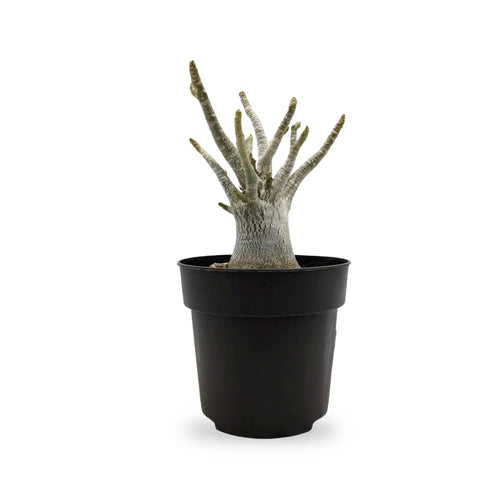Indoor plants are more than just decorative greenery — some are living works of art that transform with the changing seasons. While most plants keep their foliage colour fairly consistent year-round, there are certain varieties that surprise you by shifting shades depending on light, temperature, and their natural growth cycles. These colour-changing houseplants can turn a regular indoor space into a vibrant, dynamic display, offering fresh beauty as the months go by.
Whether it’s fiery reds in autumn, golden tones in winter, or brighter greens and purples in spring, these seasonal shifts bring a sense of nature’s rhythm into your home. Below, we explore some of the most captivating plants that change colour throughout the year, along with tips on how to maximise their colourful transformations.
1. Croton – A Kaleidoscope of Colours

Croton is famous for its dramatic foliage that looks as if it’s been painted by hand. The plant’s broad, leathery leaves can range from deep green to vivid yellow, fiery orange, rich red, and even purple.
The magic lies in how these colours develop — light plays a major role. In brighter spots, crotons produce more intense reds and oranges, while in low light, leaves may stay greener. Seasonal changes in sunlight can lead to entirely new colour patterns appearing, making each month’s display a little different.
Care Tip: Place croton in a bright location, ideally near a sunny window, and rotate it regularly for even colouring. Keep soil moist but not soggy, and avoid cold drafts, as sudden temperature drops can dull its colours.
2. Prayer Plant – Movement and Colour in One

The prayer plant gets its name from its unique habit of folding its leaves upward at night, resembling praying hands. But movement isn’t its only party trick — this plant’s foliage can change colour over time.
During brighter months, the green leaves develop richer red veins and deeper purple undersides, creating a striking contrast. Seasonal variations in daylight influence the intensity of these colours, so winter might bring softer tones, while summer light boosts their vibrancy.
Care Tip: Keep prayer plants in bright, indirect light to avoid leaf scorch. High humidity and consistent watering (without waterlogging) help maintain healthy, colourful leaves.
3. Calathea ‘Medallion’ – Nature’s Artwork

Known for its bold patterns, Calathea ‘Medallion’ is a true showpiece plant. The round, patterned leaves display a blend of deep green and purple, sometimes accented with silvery tones. Seasonal changes in humidity, temperature, and light can subtly alter the leaf shades and intensify the contrast between colours.
In cooler months, the purple undersides often appear richer, while warmer, more humid months can bring out brighter greens and silvery highlights.
Care Tip: Calatheas thrive in high humidity, so consider a humidifier or regular misting. Keep them away from direct sunlight, as too much light can cause colours to fade.
4. Chinese Evergreen (Red Varieties) – Soft Yet Striking

Some Chinese evergreen varieties, such as those with red or pink patterns, offer a softer but equally beautiful colour change. Their green leaves can be splashed with blush pink, deep rose, or even crimson, with the tones shifting depending on light exposure and the season.
In brighter light, the pinks and reds become more vivid, while lower light gives a gentler pastel effect. These plants are adaptable and resilient, making them a great choice for those new to houseplants but still looking for a touch of seasonal flair.
Care Tip: Although they tolerate low light, place them where they can enjoy a few hours of gentle brightness each day to enhance colour development. Keep soil evenly moist and dust leaves occasionally to keep them looking fresh.
Why These Plants Change Colour
The colour changes in these plants are not just for show — they’re part of their natural adaptation to environmental changes. Factors like sunlight, temperature, and humidity affect the pigments in their leaves:
Chlorophyll gives leaves their green colour, but as it reduces with seasonal changes, other pigments become more visible.
Anthocyanins are responsible for red and purple shades, often intensified by bright light or cooler temperatures.
Carotenoids bring out yellows and oranges, which can appear more strongly when light levels shift.
By understanding these processes, plant lovers can encourage richer, more varied colours in their indoor gardens.
Tips for Enhancing Seasonal Colour Changes
Adjust Light Exposure: Move plants closer to a bright window in winter to maximise natural light, and protect them from harsh midday sun in summer.
Rotate Regularly: This ensures all sides of the plant receive equal light, encouraging even colour development.
Maintain Humidity: Many tropical colour-changing plants thrive in higher humidity, which can prevent colour fading.
Temperature Control: Avoid exposing plants to cold drafts or sudden temperature shifts, which can dull or damage their foliage.
Balanced Feeding: Use a balanced, diluted liquid fertiliser during the growing season to keep leaves healthy and vibrant.
Seasonal Beauty in Your Home
Incorporating houseplants that change colour with the seasons is like bringing a living art installation into your home. They provide an ever-changing backdrop that reflects the natural cycles outside, even in the middle of winter.
For plant lovers, these colour transformations offer a reason to slow down and notice the subtle shifts that happen month to month. Whether you choose the fiery drama of a croton, the delicate patterns of a calathea, or the gentle pink hues of a Chinese evergreen, you’ll be rewarded with a home that feels alive, vibrant, and in tune with nature.
With just a bit of attention to light, humidity, and care routines, your indoor garden can become a dynamic display of seasonal colour — a reminder that change can be beautiful.










